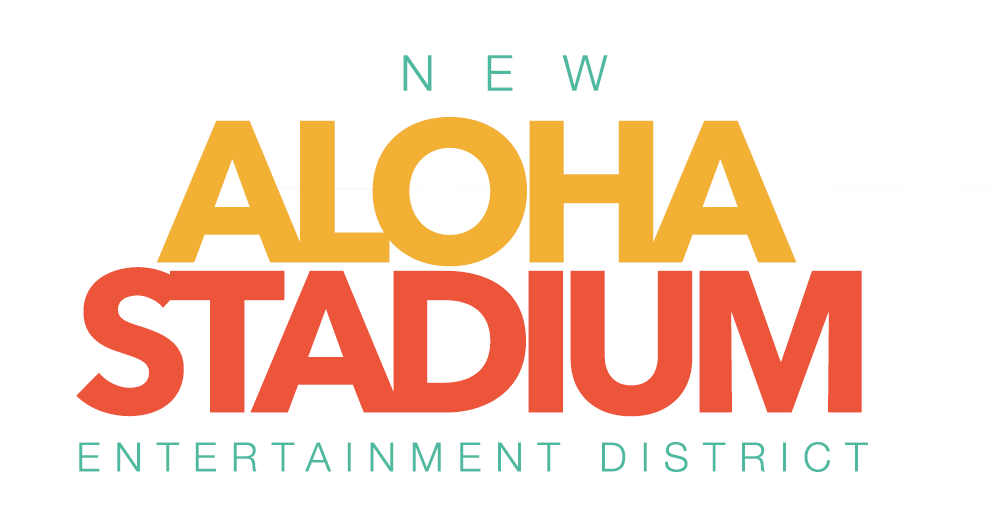Honolulu Star-Advertiser
Editorial | Island Voices
By Chace Shigemasa
June 13, 2021
Updated 12:24 a.m.
As chairman of the Aliamanu/Salt Lake/Foster Village/Airport Neighborhood Board No. 18, I serve as a conduit to the community on matters that will have an impact on their lives and those of future generations. I don’t take this responsibility lightly, and that’s why I have been encouraged by discussions centered on the New Aloha Stadium Entertainment District (NASED).
Of course, no one can argue Aloha Stadium, now off-limits to spectators, needs to be replaced. However, the NASED project is much more than replacing the “rust bucket” that opened in 1975. In reality, NASED is about revitalizing an area that has remained stagnant for far too long.
So, how do you go about reinventing a location that is nearly 100 acres and serves as a focal point for the community? It’s quite simple; you engage the people who live there, ask for their input, and put the best ideas and concepts into practice.
From Day One, this has been my experience with the NASED project, which is an ongoing topic at the neighborhood board. In fact, from the state Department of Accounting and General Services (DAGS), which is charged with making NASED a reality, to the Stadium Authority and private consultants, everyone involved in the project has been open and responsive with our board and members of our community.
Since the NASED project began, project representatives have been available at every neighborhood board meeting to ensure questions are answered and ideas that can make the development even better are addressed. NASED has been dedicated and sincere with its community engagement and getting area residents involved, and for that, I am incredibly grateful.
While I don’t expect that every idea or suggestion from the community will be folded into the final NASED development, I am confident many of the issues discussed will indeed be addressed.
For example, the draft environmental impact statement for the project talks about one of the significant issues for area residents — traffic. But instead of looking at NASED as a development that will increase congestion, it can do the opposite by utilizing a multimodal transportation model that moves people in and out of the district more efficiently. For example, I’ve personally encouraged NASED to feature a dedicated area for ride-sharing service pick-ups and drop-offs, having the first-hand experience as a former rideshare driver. Meanwhile, the city’s rail project will become the “spine” for transportation in the area, while bus routes, walking paths and bicycle lanes will become the “ribs” that serve outlying neighborhoods.
By making public involvement a priority from the very beginning, the NASED team is demonstrating its commitment to ensuring the result will be a development that serves the community’s needs while also becoming a venue where local residents live, work and play. We see with NASED a community-driven project that has made open and honest dialogue the foundation of the proposed development.
Yes, the final product will feature a new stadium, but more importantly, it will bring housing, entertainment and office space that serves the community and all Oahu residents.
Although critics would like to cast a shadow over the proposed development by saying now is not the right time, any delay will cost much more. So rather than bog down the proposed NASED project with barbs that distract from the goal of community revitalization, I urge those naysayers to come to the next neighborhood board meeting, get involved and bring their ideas. The outcome will be a project that our community and the entire state of Hawaii will be proud of.
Chace Shigemasa chairs the Aliamanu/Salt Lake/Foster Village/Airport Neighborhood Board No. 18; the views expressed here are his own.
READ FULL ARTICLE HERE.

